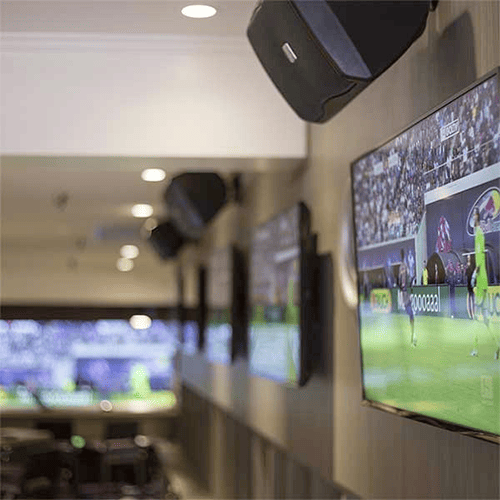Harmonizing Legacy Platforms with Cutting-Edge Sound Networking Solutions for Improved Performance and Adaptability.
Harmonizing Legacy Platforms with Cutting-Edge Sound Networking Solutions for Improved Performance and Adaptability.
Blog Article
In today's fast-paced world of sound technologies, the need to improve performance and adaptability in audio systems is increasingly crucial than ever before. Many organizations and locations still rely on outdated technologies, which are antiquated technologies that may not have the capabilities of modern equipment. However, integrating these outdated systems with cutting-edge audio networking technologies can lead to substantial improvements. Audio communication allows for improved interconnectivity between devices, allowing it simpler to manage and manage sound across various spaces.
One of the key benefits of combining legacy systems with contemporary sound networking is enhanced flexibility. Conventional sound systems often require complicated wiring and restricted routing choices. With sound networking solutions like Dante or AVB, audio transmissions can be sent over standard Ethernet cables. This implies that operators can easily link multiple units without the requirement for extensive reconfiguration. Regardless within a concert venue, a school auditorium, or a business event, this flexibility enables for quick adjustments and changes to the sound setup without major downtime.
Quality is a further major factor that enhances when older systems are modernized with current communication solutions. Legacy technologies may have difficulty to deliver high-quality sound, especially in bigger spaces or during complex occasions. By adopting sound communication, organizations can take advantage of sophisticated capabilities such as low delay, synchronization, and digital data management. These improvements assist guarantee that sound is clear and uniform, enhancing the overall quality for audiences and performers alike. This shift can make a marked difference in the way sound is perceived in various settings.
Moreover, harmonizing legacy systems with contemporary solutions can lead to cost savings in the long term. While modernizing to new devices may require an upfront investment, the effectiveness gained through audio communication can reduce click here for more info upkeep costs and minimize the need for continuous repairs. Furthermore, connected systems often require less tangible space than conventional setups, which can reduce on real estate expenses in venues. Entities can allocate funds more efficiently, using the savings they save to allocate resources in other critical areas.
Finally, educating staff on the method to operate combined systems becomes easier with sound communication. Numerous modern audio communication platforms come with user-friendly controls and distant control capabilities. This indicates that even those who may not significant technical knowledge can be trained to manage and operate the audio solutions efficiently. Training initiatives can be developed around these solutions, empowering staff to manage and troubleshoot technologies with confidence. By blending the old with the new, entities can create a more capable and skilled team, in the end leading to better audio experiences for everyone involved.